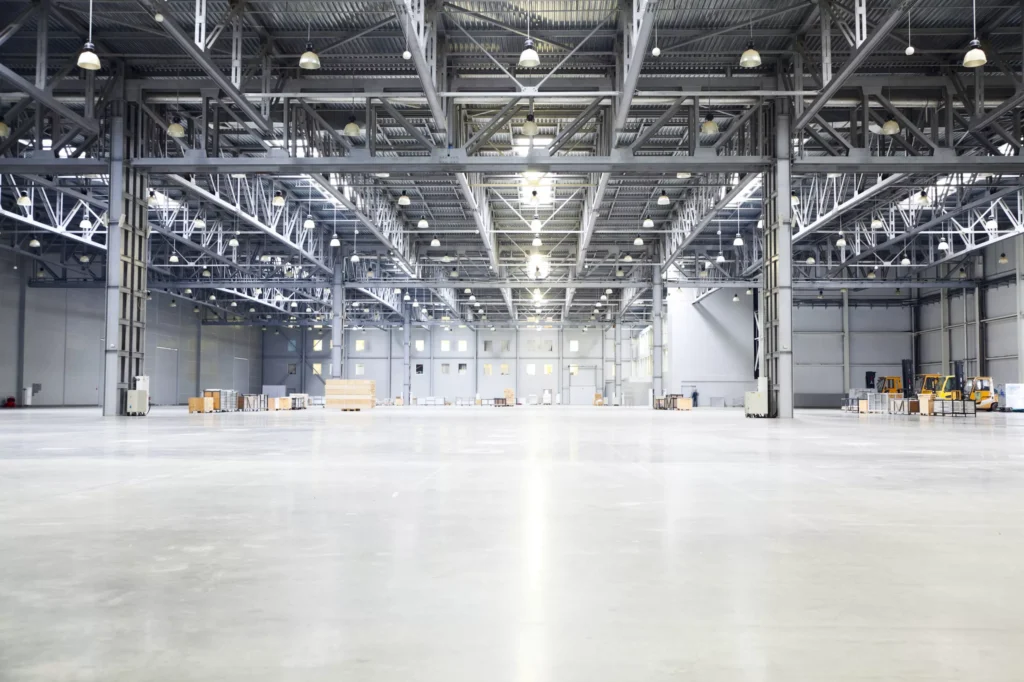UNPRECEDENTED TERRITORY FOR LOGISTICS REAL ESTATE
May 19, 2022

Unprecedented Territory for Logistics Real Estate
“We are in unprecedented territory.”
That’s exactly what Prologis’ CEO Hamid Moghadam had to say about the industrial landscape underpinning the logistics real estate giant’s portfolio.
“Industrial rents have never grown at these levels, but we’ve never had market conditions like we have now. We’ve never had e-commerce at this level of importance. We’ve never had [inventory] resilience become such a big factor. We haven’t had these bottlenecks in the supply chain that clog up the network.”
When an industry giant such as Prologis speaks, it is prudent to listen. Not because they are larger than most private or institutional landlords and developers, but because their data and insight into owning and managing over a billion square feet worldwide offers a benchmark from which we may parse out patterns from the broader market.
Said another way, what the market movers and shakers are experiencing and forecasting is likely to manifest downstream, not just into their own tenants, but other logistics and warehousing occupiers across various geographies.
That is why, today, we will explore some statements and reports from the largest industrial real estate in the world, and what impact may result for logistics and warehousing users across the Greater Toronto Area.
Just How High Can Industrial Rents Sustainably Climb?

According to Prologis’ latest quarterly report, the logistics giant owns and manages approximately 9.62 million SF of logistics space in Canada and a whopping 553.9 million SF in the United States, with 100% and 97.6% occupancy rates, respectively.
These portfolios earned approximately $15.6 million in Canada and $910.1 million in the U.S. in first quarter 2022 NOI. Zooming out to their global portfolio, the firm signed approximately 14.2 million SF of new leases, leased 3.2 million SF of properties under development, and renewed 34.7 million SF of space in the same period.
What is interesting to note is the lease expirations in their global operating portfolio have a weighted average lease term of 4 years with an average net effective rent of just $5.94 PSF net. This is important because Prologis expects rental growth of 22% across the United States this year (and what may increase even more aggressively in the Greater Toronto Area), while “first-quarter net effective rent change was 41.5% across its US portfolio.”
For some context, GTA industrial rents are reportedly averaging well over $14 PSF net, with street-level and pre-leasing guidance indicating that rates will soon breach $16 to $18 PSF net; even surpassing $20 PSF net by 2023. In terms of growth, year-over-year rents in the GTA have increased over 30% since Q1 2021.
This means that – as new leases are signed or renewed according to current market conditions – the real estate investment trust can expect to significantly increase its rental income; a boon to developers currently grappling with exploding land, labour, and construction costs..
Why is this important to retailers or 3PLs who occupy logistics and warehousing space?

Well, all else equal, this means that securing space – and keeping it long-term – will become dramatically more difficult until we reach an equilibrium where pricing growth begins to stabilize.
However, things are not all equal. It’s tough to isolate for one variable when the entire system is the proverbial ‘out of whack.’ Availabilities continue to inch closer to zero, and the competition to successfully lease facilities is continually heating up. Corporations looking to operate efficiently and meet consumer demands need space; whatever it takes to obtain it.
On this point in particular, Prologis notes that the “inventories-to-sales ratio that is 10% lower than pre-pandemic levels’ while supply chains are adding ‘another 10% of cushion to avoid future stockouts.’”
This translates into more demand from existing users – demand which will need to be immediately fulfilled; never mind that e-commerce’s share of total retail sales is steadily increasing with each passing year.
When and where we finally hit a peak remains unclear.
Summary
Overall, the GTA industrial logistics market is red-hot, with all-time-low availabilities and supply challenges. This environment will see businesses looking to fulfil their growth plans by planning ahead and considering their options between the Greater Toronto Core and secondary markets, such as the Greater Golden Horseshoe and Greater Hamilton Areas.
However, with space becoming increasingly difficult to secure in a timely manner, businesses with logistics and warehousing operations should also consider build-to-suit developments or joint-venture projects with reputable developers. While this option may take anywhere from 18 to 24 months to complete, it will ensure you have the right facility for your needs.
Many of our clients are approaching us looking to pre-lease or develop, and our team has access to specialists who can help guide and manage the process from inception through move-in.
On that note, if you would like our team to assist with any of your real estate needs, or if you would like to discuss anything mentioned in this article, please contact us directly.

